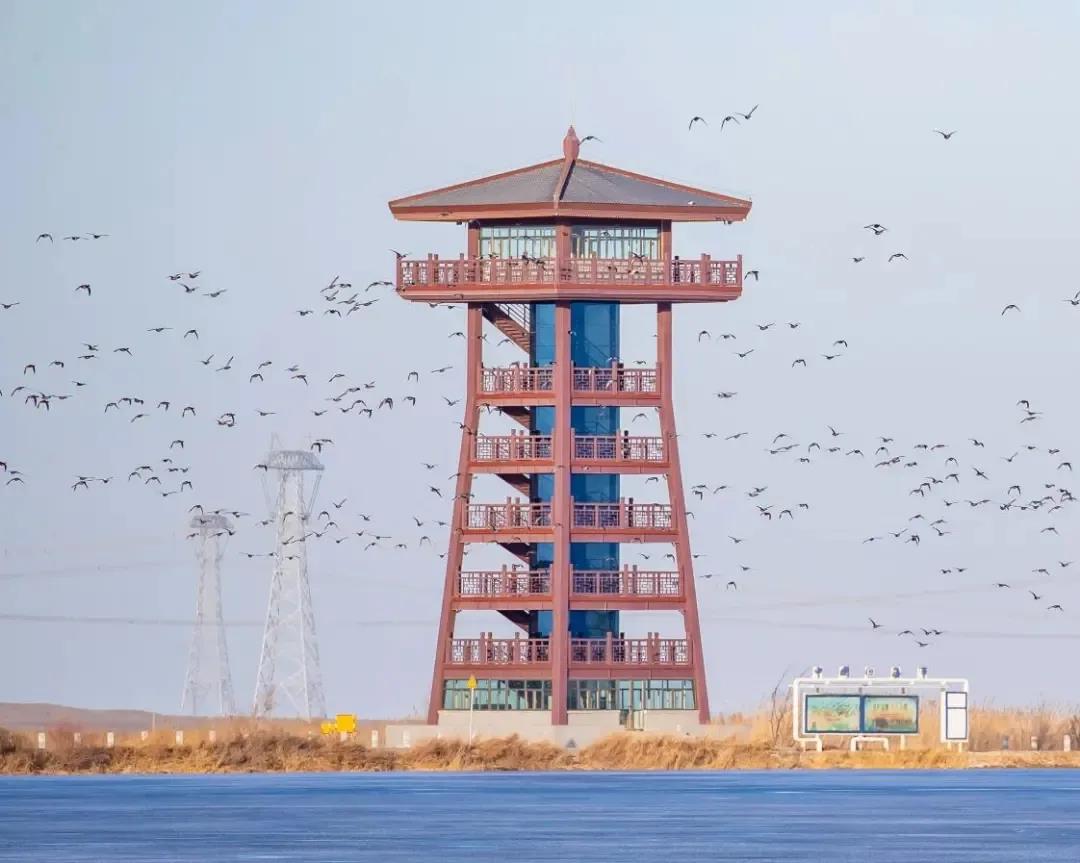
Reeds dance and migratory birds sing
Migratory birds such as swans and egrets gather
Continuous reeds and free foraging and flying birds
It constitutes a beautiful wetland scenery
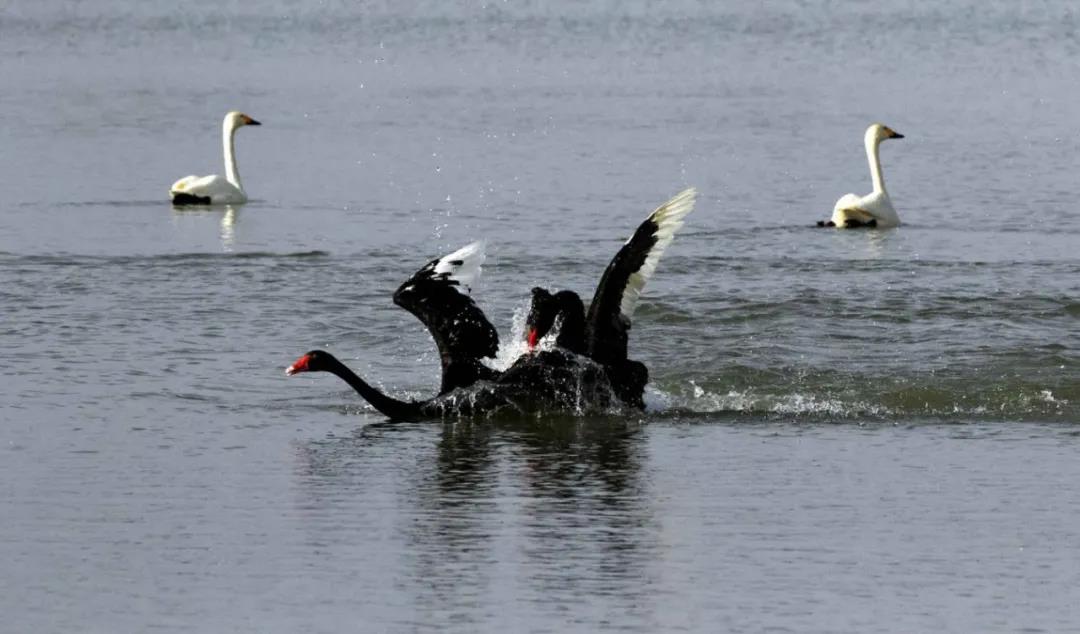
∆ big swan, black swan
Located in the transition zone between Inner Mongolia desert plant subregion and Qinghai Tibet plateau plant subregion, and at the intersection of two migratory bird migration routes from East Asia to Australia and East Africa to West Asia, Jiayuguan Caohu National Wetland Park has a special geographical location and rich wetland resources, providing a good habitat and breeding environment for migratory waterfowl, It has become an important resting place and breeding place for migratory birds.
Egret
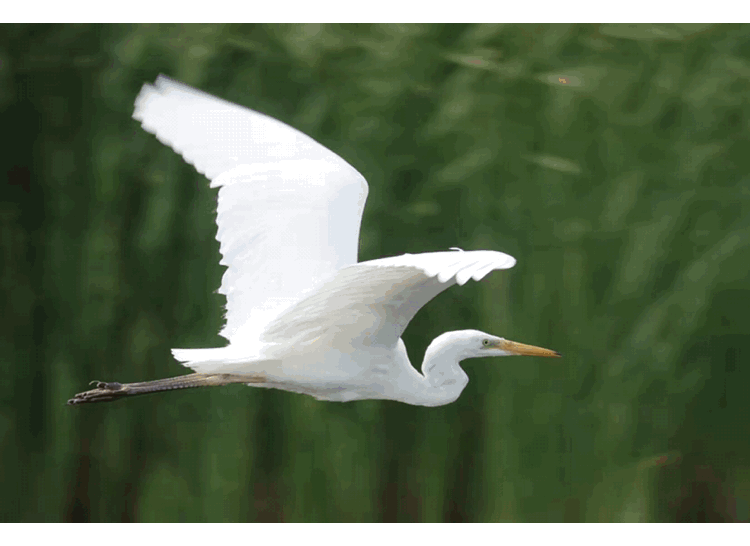
swan
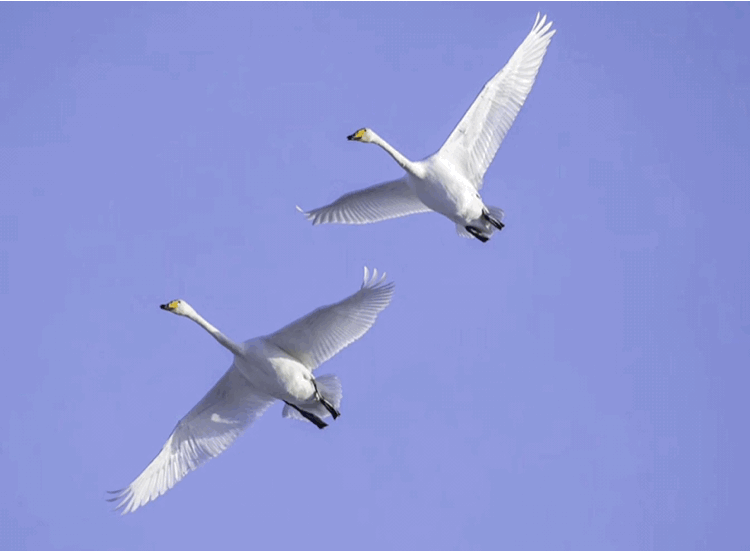
Heron
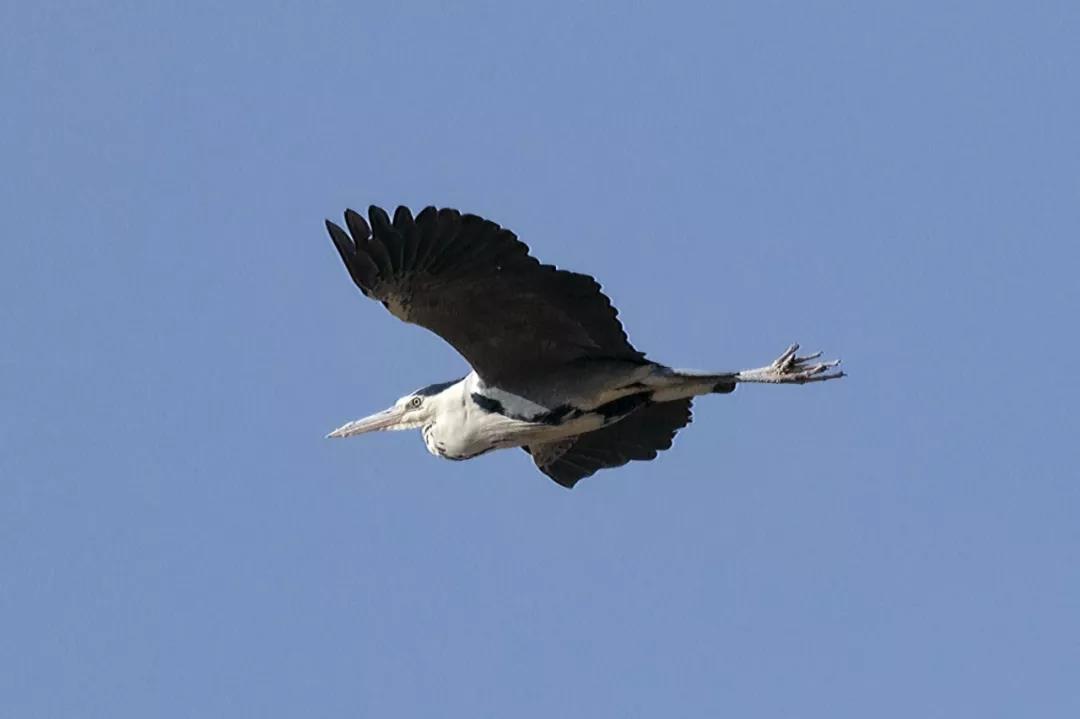
Black Stork
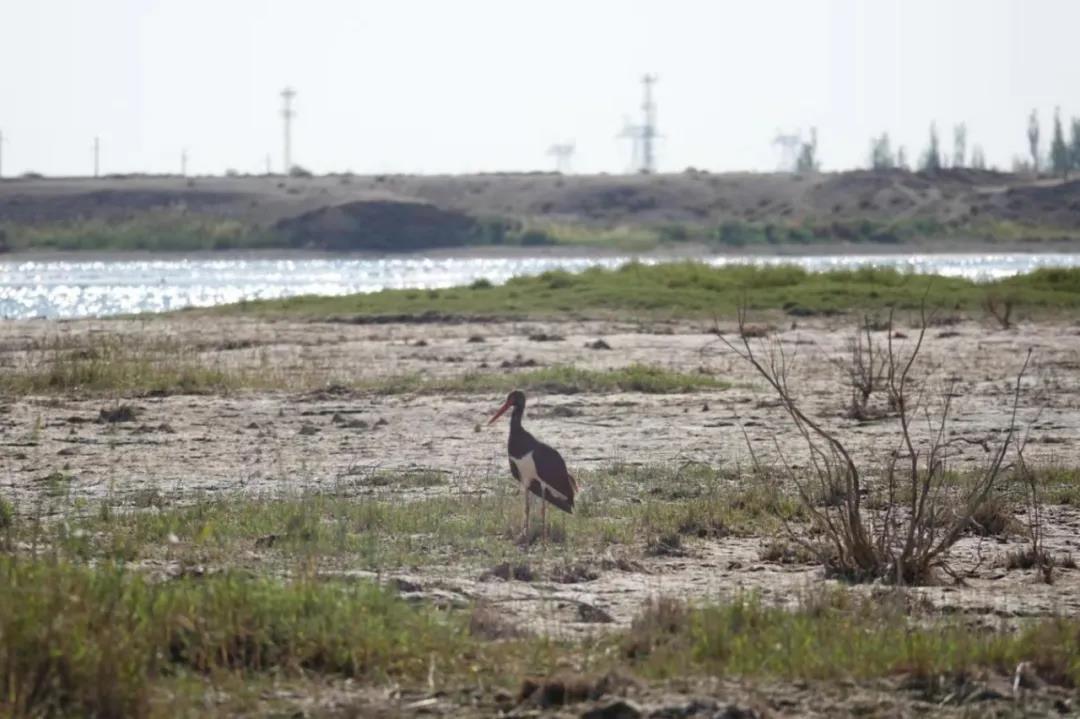
White spoonbill
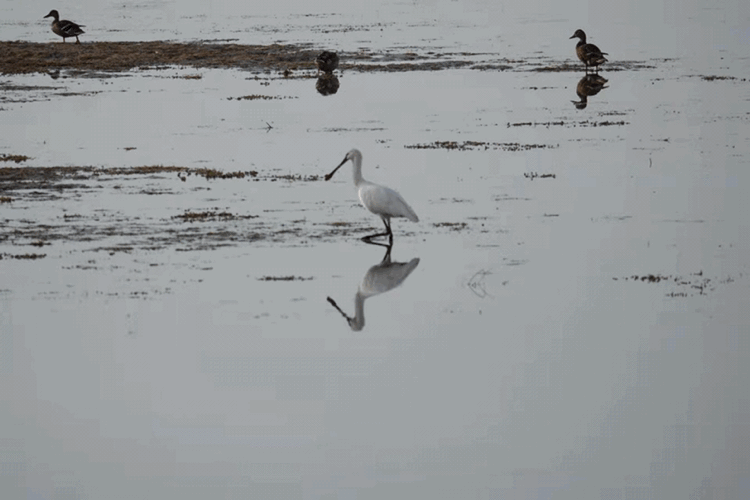
Ring necked Pheasant
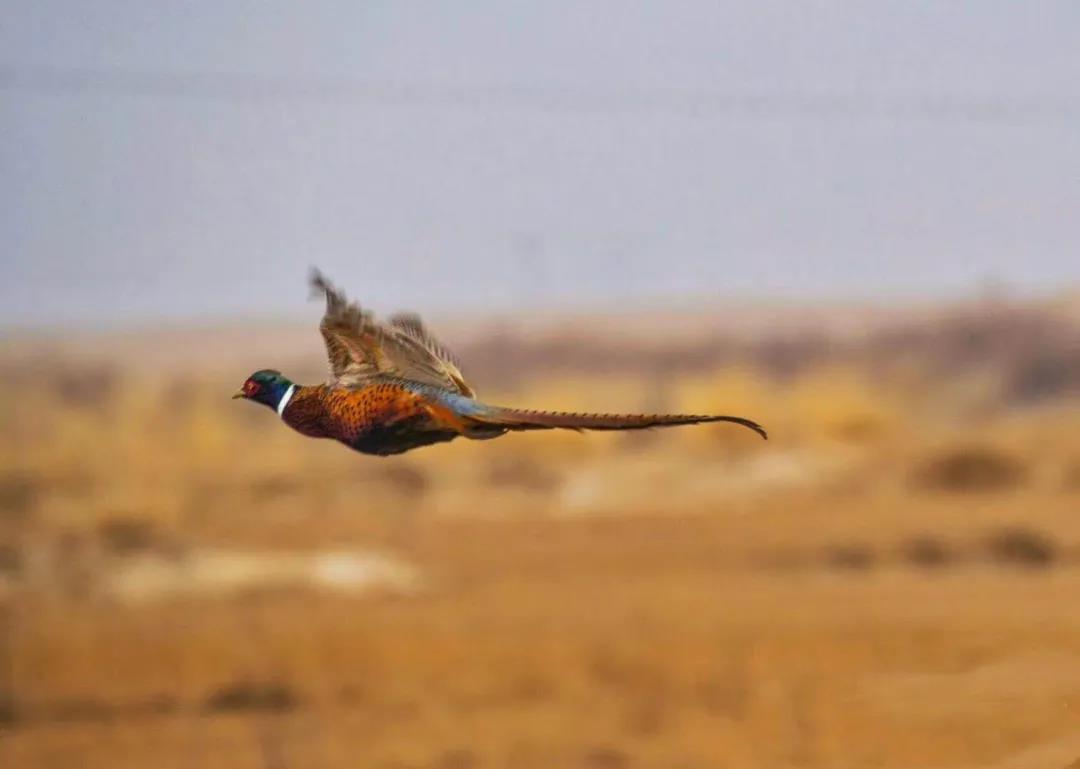
black necked Crane
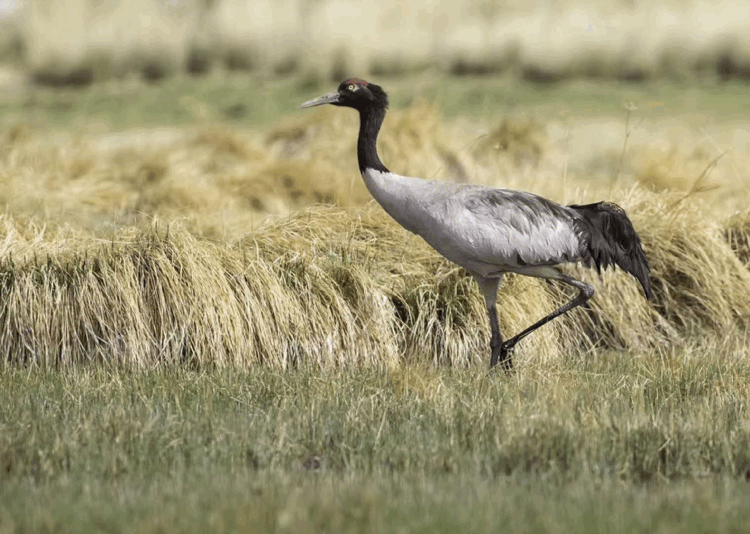
Grey goose
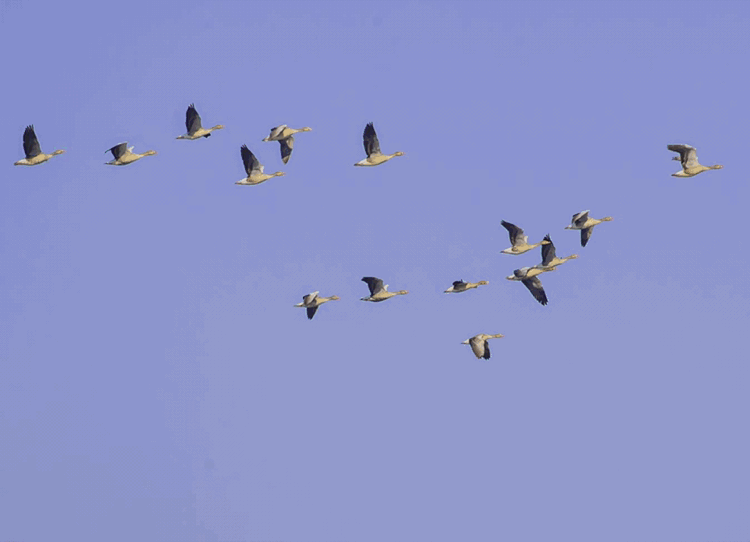
Avocet
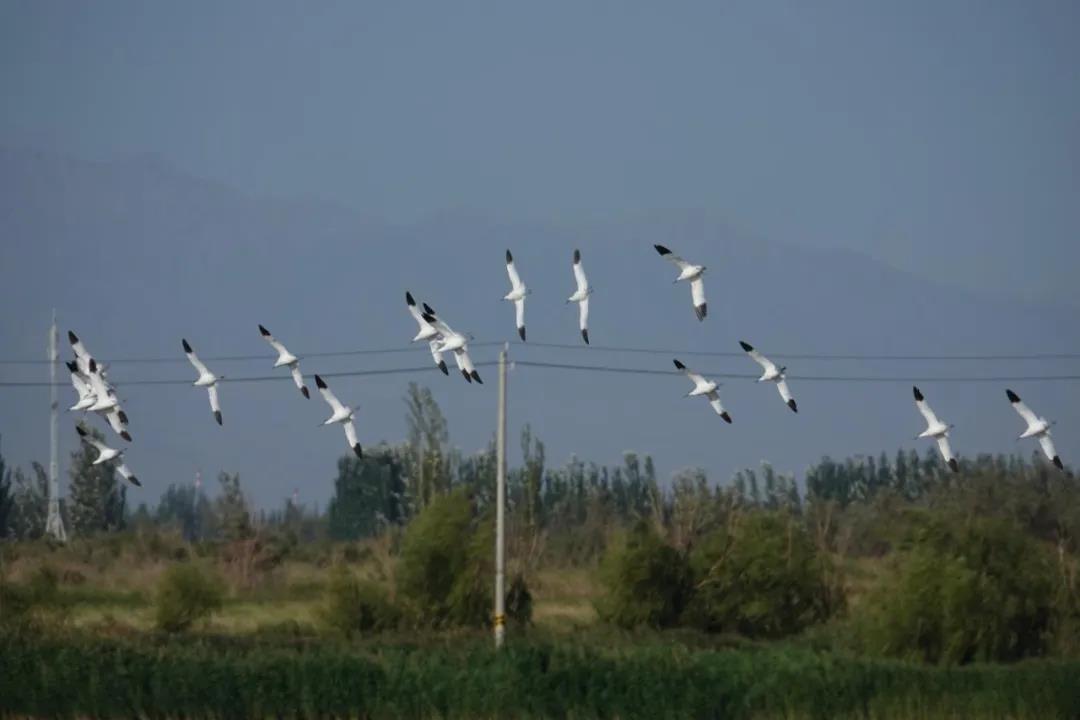
Black stork, heron, white spoonbill
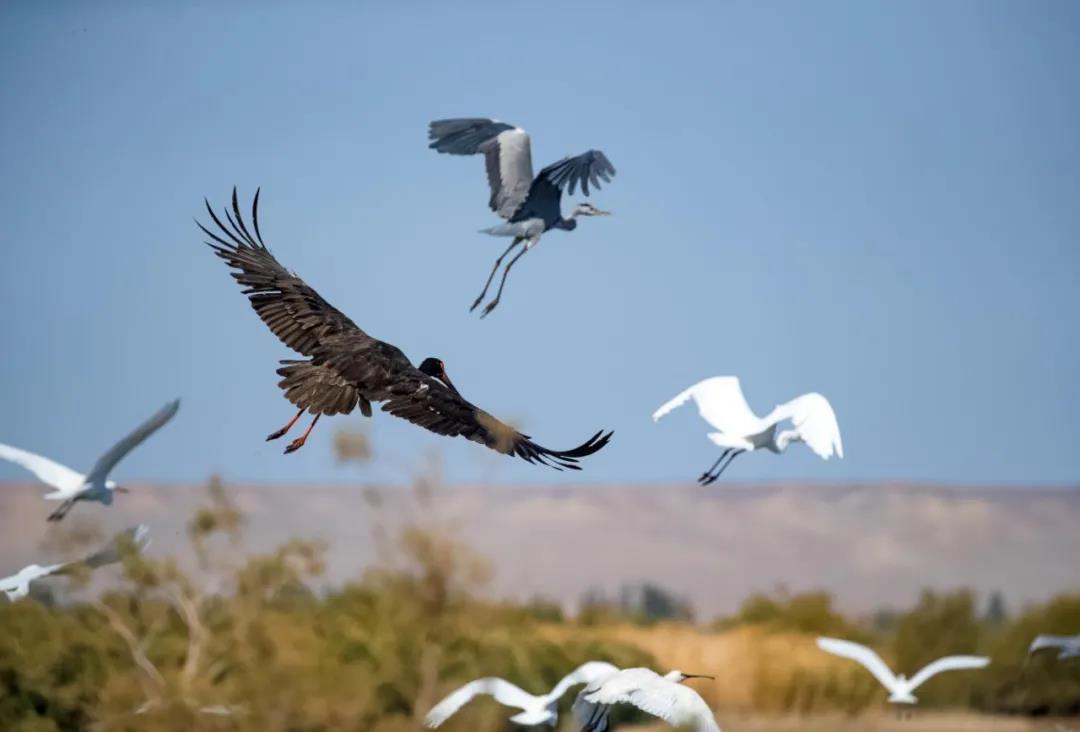
Grey goose, mallard

Gadwall
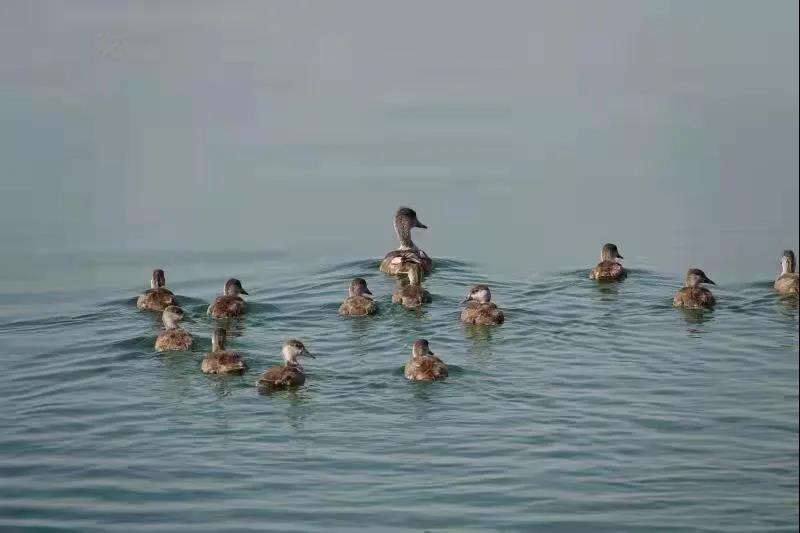
Swan, duck

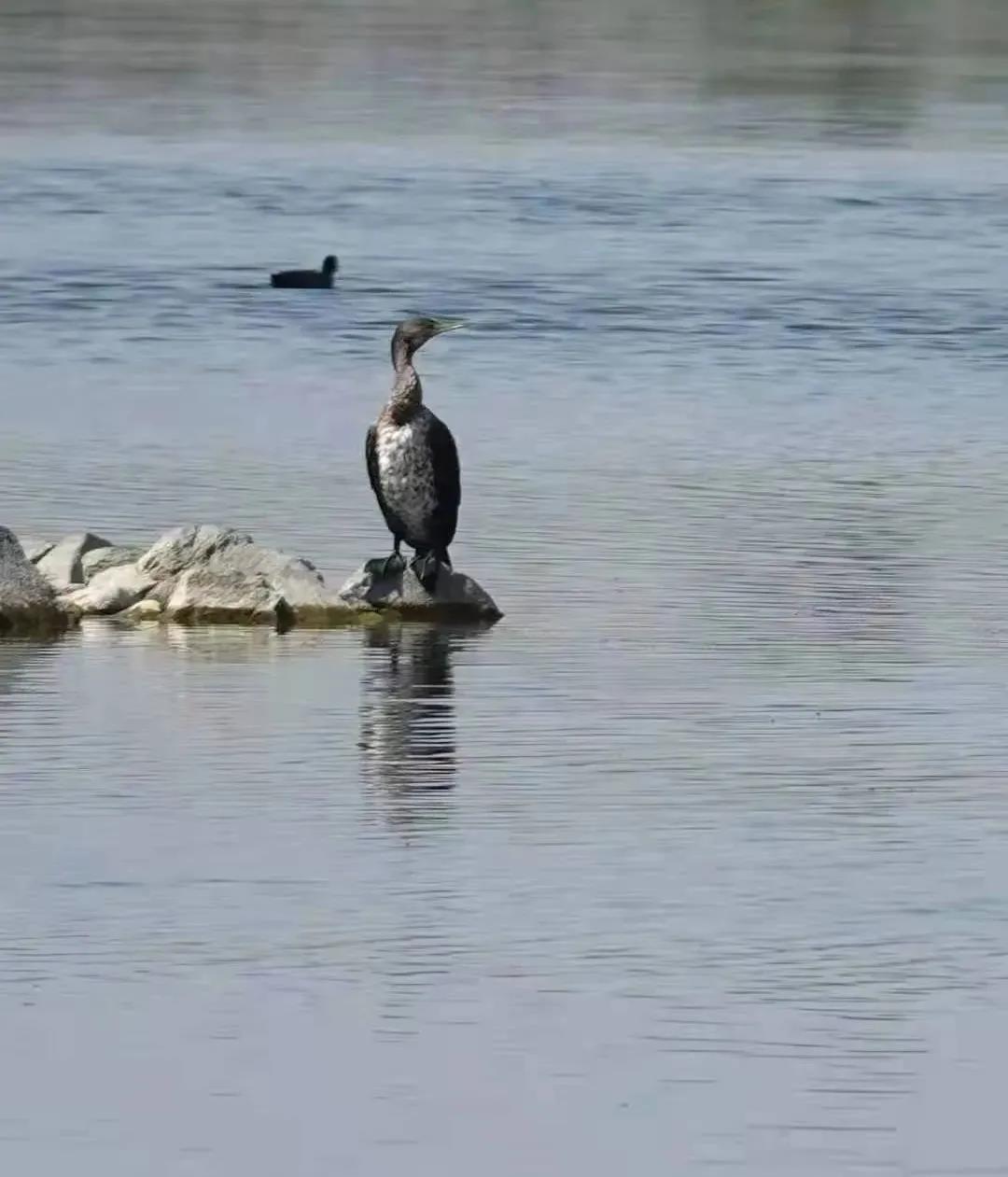
∆cormorant

∆Panurus biarmicus
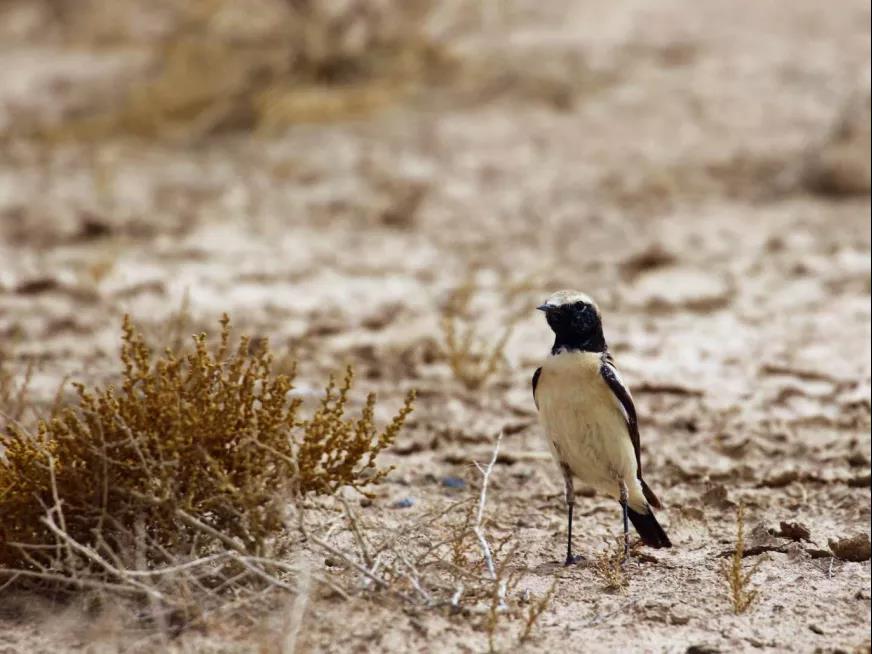
∆Oenanthe deserti

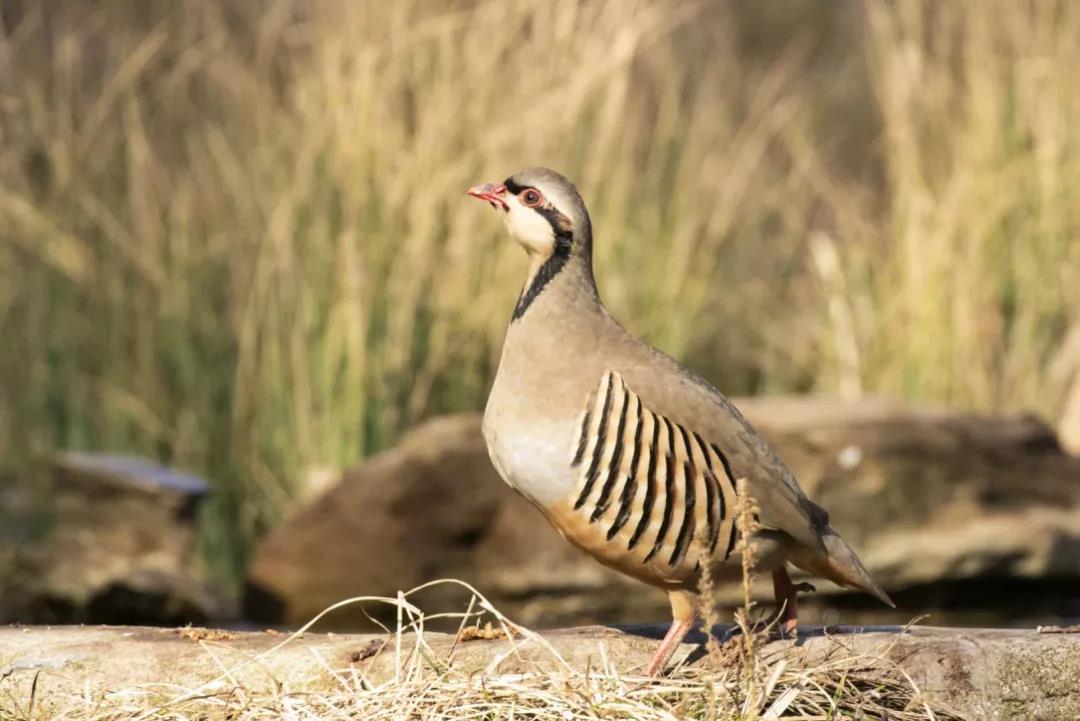
∆Alectoris chukar
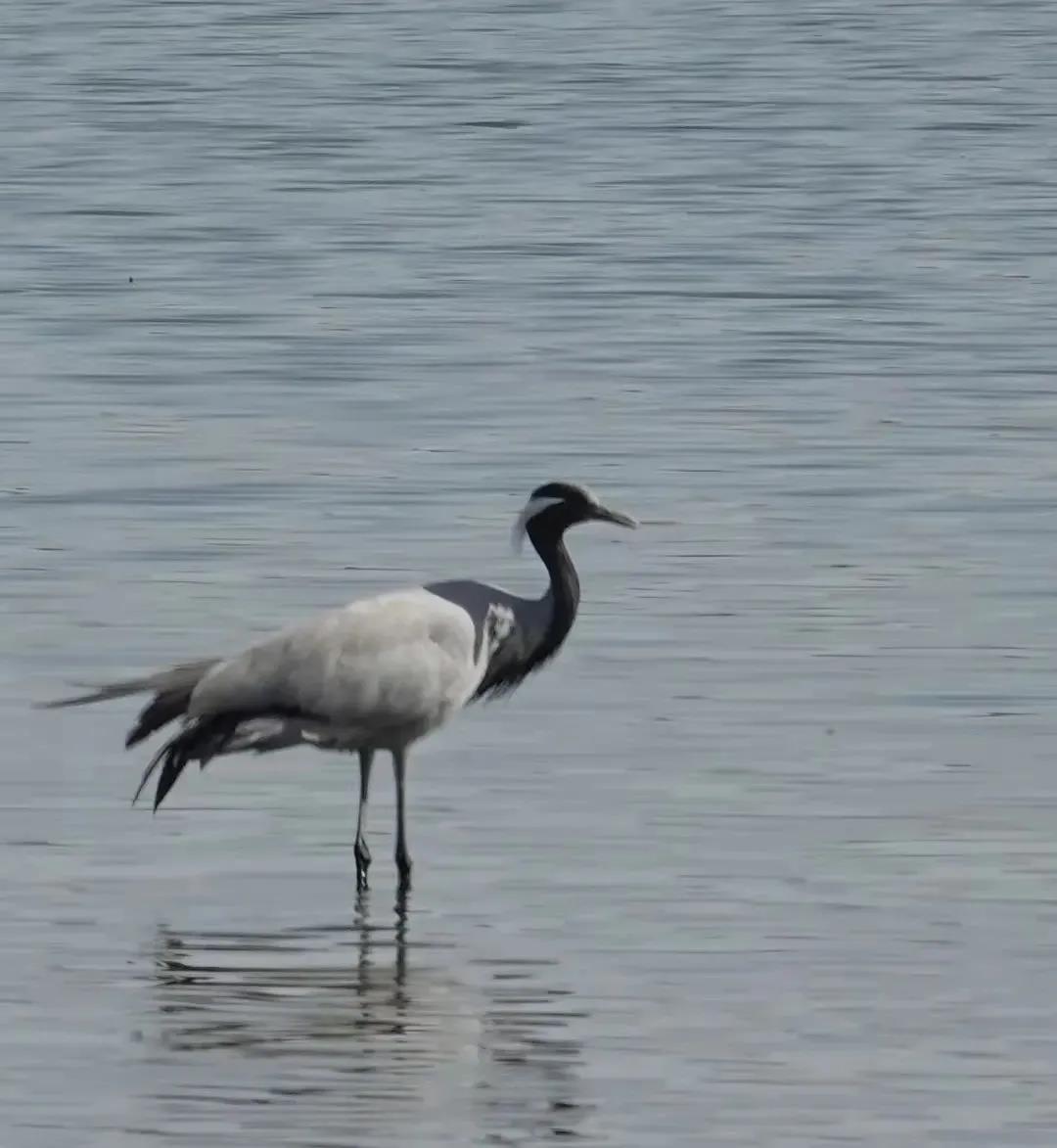
∆Coir feather crane
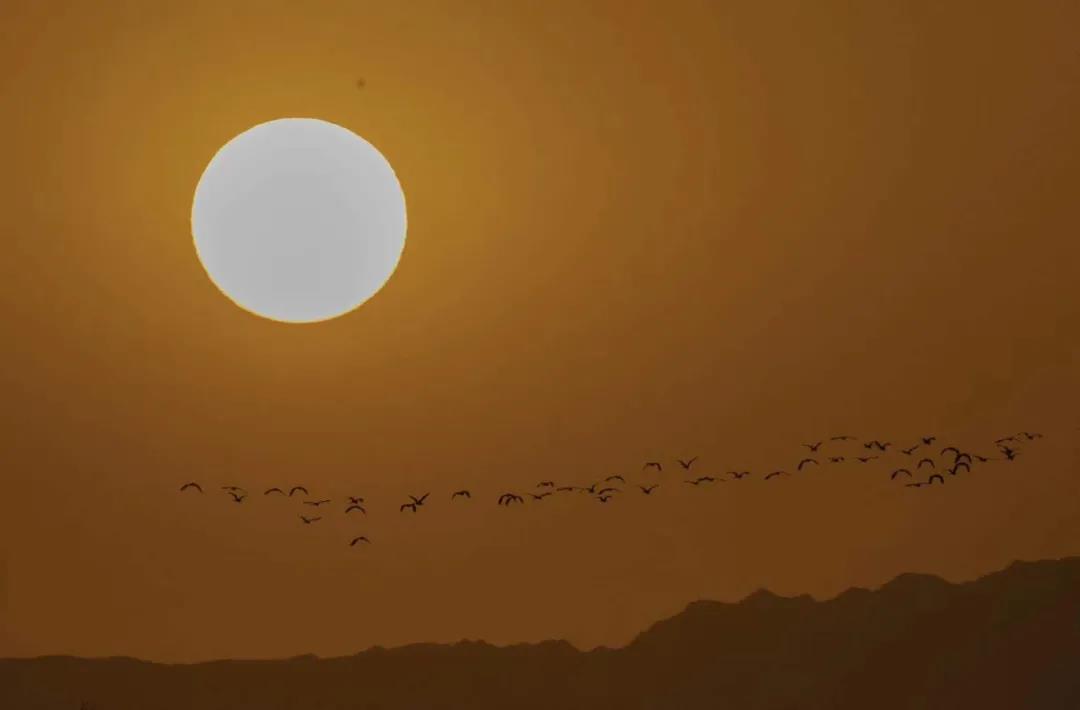
In this wetland, groups of birds fly freely
Patches of reeds dance in the wind
Occasionally, a few birds also play and rest in the water
Harmonious ecological wetland beauty came into view
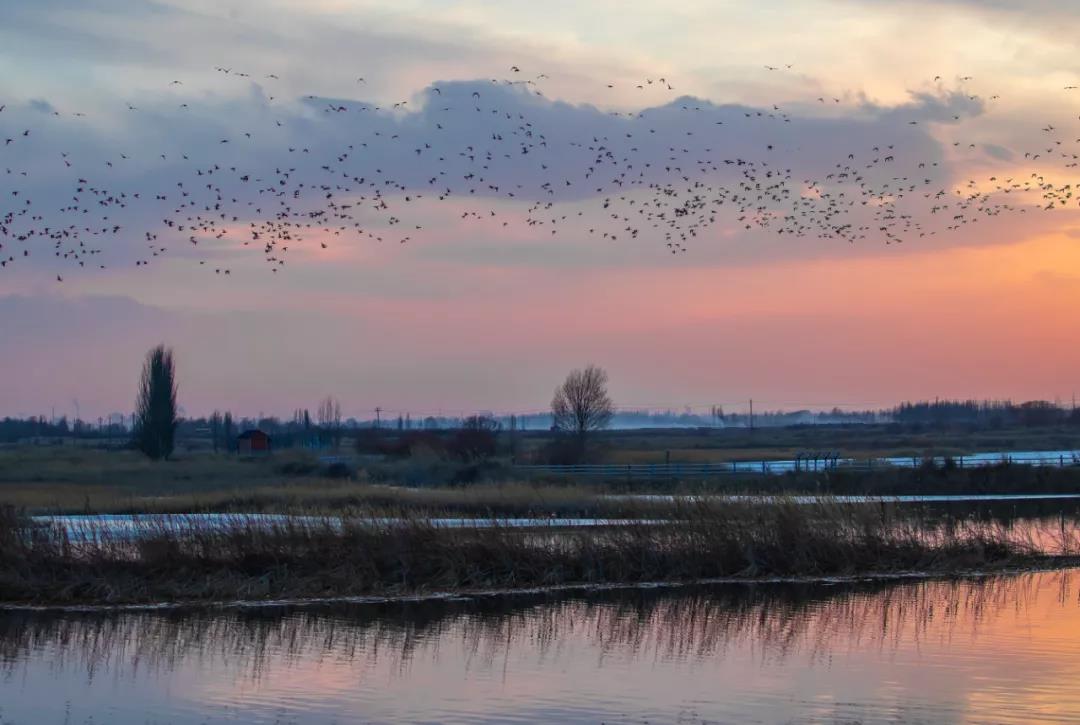
In recent years, the wetland ecological environment has continued to improve, and has gradually become an important transit place for migratory birds to stay and inhabit. Since 2019, Jiayuguan has continued to carry out the "flying protection action in autumn and winter" and adhered to the "feeding" to ensure that the bird living environment is suitable and the food is sufficient. Migratory birds such as swans, grey geese and egrets have stopped and rested in Caohu National Wetland Park, and waterfowls such as Mallard and Red duck have stayed. The bird population and quantity have increased significantly compared with previous years, bringing vitality to Caohu in late autumn.